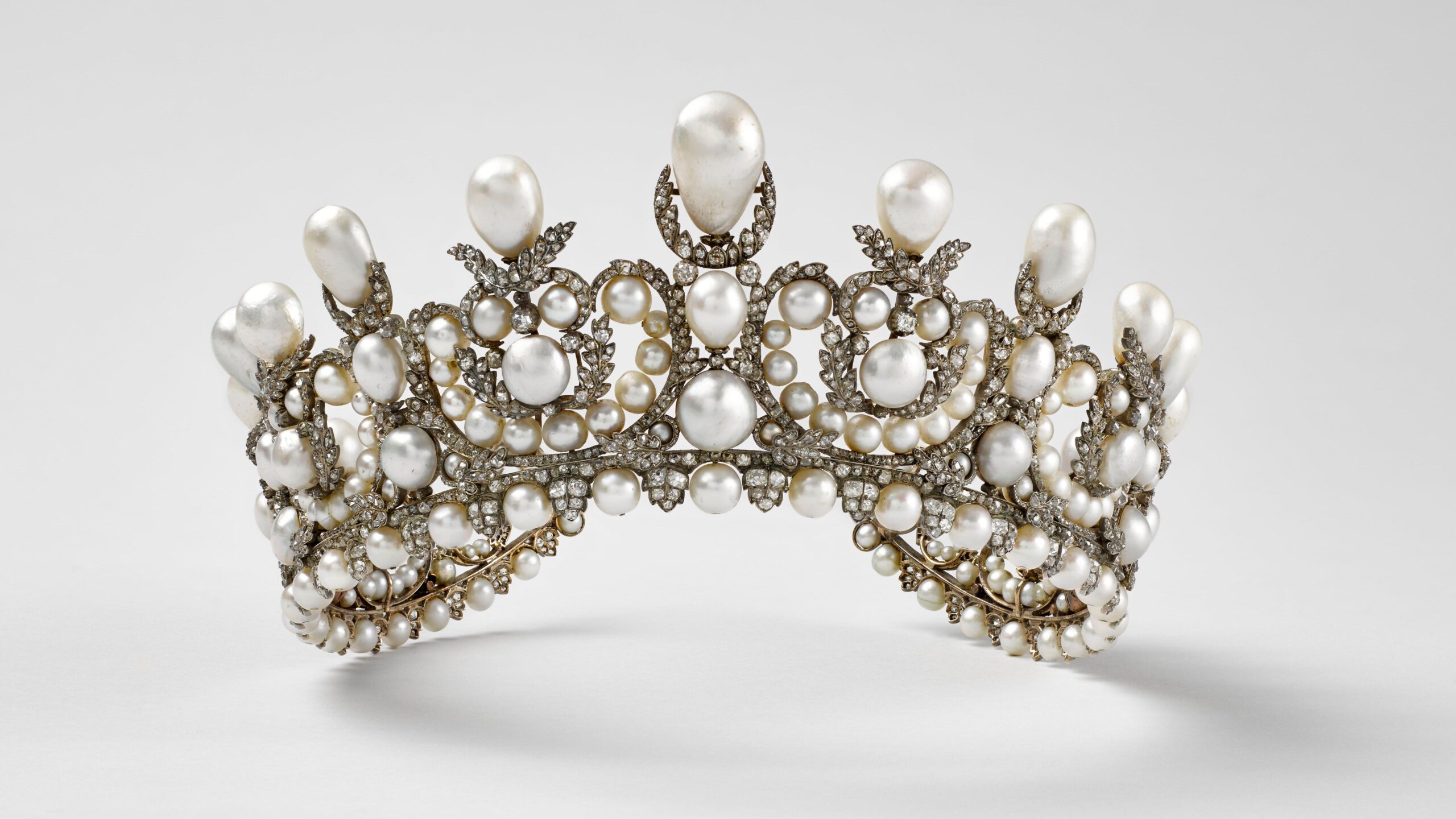By_Suraj Karowa/ANW October 30, 2025
Paris, France

— In a stunning admission that has gripped the nation, two men arrested for the audacious daylight robbery of France’s crown jewels from the Louvre Museum have confessed to their roles in the heist. The brazen seven-minute raid on October 19, 2025, saw thieves snatch treasures worth €88 million ($102 million), including emerald necklaces and diamond diadems once worn by Napoleon’s empresses. As investigators close in, the jewels remain vanished, fueling fears of a “national disaster” for France’s cultural heritage.
The Paris prosecutor’s office revealed Wednesday that the suspects, aged 34 and 39, “partially admitted” their involvement during intense 96-hour interrogations. Both were remanded in custody and placed under formal investigation for organized theft and criminal conspiracy—crimes carrying up to 15 years in prison and hefty fines.

A third suspect was nabbed in the Paris suburbs that same evening, with reports of five additional arrests by Thursday, though the stolen gems show no sign of recovery.
Prosecutor Laure Beccuau emphasized there was “no evidence of inside help” from museum staff, quelling initial suspicions of an insider job. “These jewels are unsellable now,” she urged at a news conference. “Anyone possessing them risks charges for handling stolen goods.
There’s still time to return them to the Louvre and the French people.” Her plea underscores the artifacts’ incalculable value: not just monetary, but as symbols of imperial glory, including a diamond-and-sapphire set from Queen Marie-Amélie and an emerald parure gifted to Empress Marie-Louise.

The heist unfolded like a scene from a Hollywood thriller. At midday, four perpetrators—clad in high-vis jackets and helmets—rammed a truck into the Louvre’s perimeter on the museum’s upper-floor Apollo Gallery. Using a furniture elevator as a makeshift ladder, they shattered two bulletproof display cases with crowbars, grabbing nine priceless items before fleeing on scooters.
Surveillance footage captured the chaos: alarms blaring, shards of glass scattering across the ornate room adorned with gilded frescoes and Rubens masterpieces.
Forensic breakthroughs cracked the case swiftly. Over 150 DNA samples from discarded gloves, a helmet, and broken glass led investigators to the suspects. The 34-year-old Algerian national, with a history of traffic violations, was fingered by DNA on a getaway scooter.
His accomplice, a 39-year-old illegal cab driver from Paris suburb Aubervilliers, matched DNA from the shattered case—he’d been flagged before for aggravated theft. The first was collared at Charles de Gaulle Airport, passport in hand for a flight to Algeria, just minutes from boarding.
More than 100 detectives mobilized in the manhunt, poring over CCTV from Paris streets and cross-referencing flight manifests. “This was no amateur hour,” said security expert Dr. Elena Moreau of the Sorbonne. “The precision—ladders, scooters, timed escape—suggests a syndicate with practice.
Museum heists are evolving; digital security can’t always outpace low-tech audacity.” Indeed, this robbery marks a worrying escalation from past capers like the 2019 Dresden Green Diamond theft, where insiders played a role. Here, the Louvre’s vaunted alarms and guards proved futile against sheer nerve.
France reels from the loss. President Emmanuel Macron called it a “wound to our shared history,” vowing €10 million in rewards for tips leading to recovery. Culture Minister Rachida Dati echoed the sentiment: “These aren’t baubles; they’re threads of our monarchy’s legacy, from Hortense de Beauharnais to the Bourbon queens.” Public outrage simmers—petitions demand tighter security, while social media buzzes with memes dubbing the culprits “Napoleon’s new generals.”
Yet hope lingers. Similar haists, like the 2007 Antwerp diamond raid, saw jewels resurface years later through fences or anonymous drops. Beccuau remains optimistic: “I’d like to keep the hope they’ll be found.” As Paris autumn fog rolls over the Seine, the City of Light’s grandest gallery stands emptier, a stark reminder that even fortresses of art can fall to shadows.
The probe barrels on, with Interpol alerts flashing worldwide. Will the jewels resurface in a black-market bazaar or a repentant handover? For now, France holds its breath, guarding the remnants of its glittering past.
Discover more from AMERICA NEWS WORLD
Subscribe to get the latest posts sent to your email.















Leave a Reply